The History of UNC Research

Time and tenacity — two essential components for successful research endeavors at UNC-Chapel Hill. With more than 200 years of research under its belt, Carolina houses an ever-growing list of discoveries and inventions, many of which span several decades.
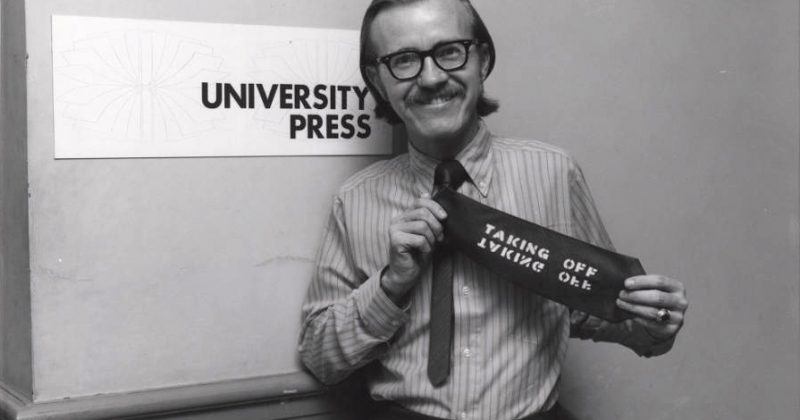
Local Ink, Inc.
For nearly a century, the University of North Carolina Press has been shining a spotlight on its home state and region. Conceived by its founders as an incentive for university faculty to engage in research by giving them a local outlet for publication, it soon became much more: an amplifier of voices and a tool for change.

Through the Looking Glass
UNC’s computer science department laid the groundwork for 3-D computer-generated graphics and continues to push the boundaries of virtual environments today.
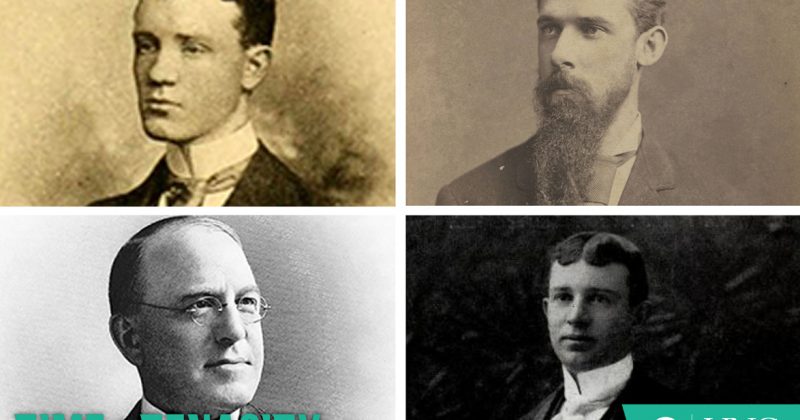
Kings of Chemistry
How an unexpected discovery transformed the world and made Morehead, Venable, and Kenan household names at UNC-Chapel Hill.
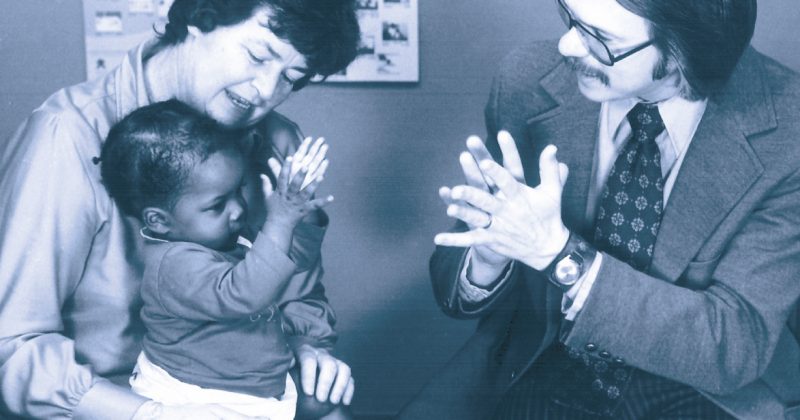
The ABCs of Early Childhood Education
Early childhood education can have benefits over the course of a lifetime — benefits made evident by the Frank Porter Graham Child Development Institute’s Abecedarian Project researchers, who have spent the past 45 years following up with their original research subjects.
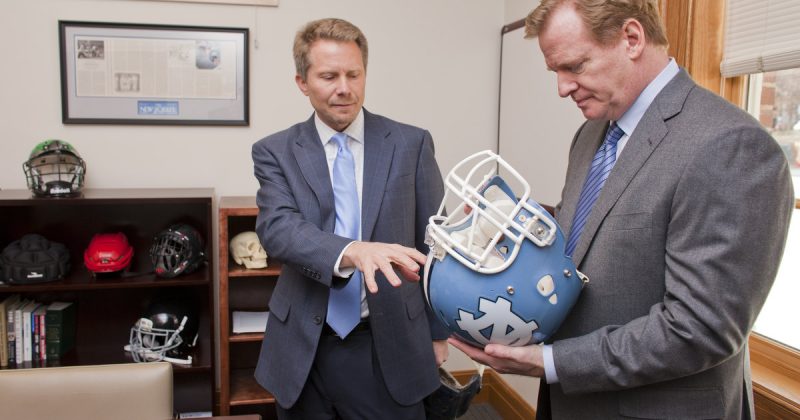
Running Interference
Nearly 4 million sports- and recreation-related concussions happen each year. About 300,000 of those occur in football. Decades before he became UNC’s chancellor, neuroscientist Kevin Guskiewicz strived to create the playbook for preventing and treating concussions — and changed the game forever.
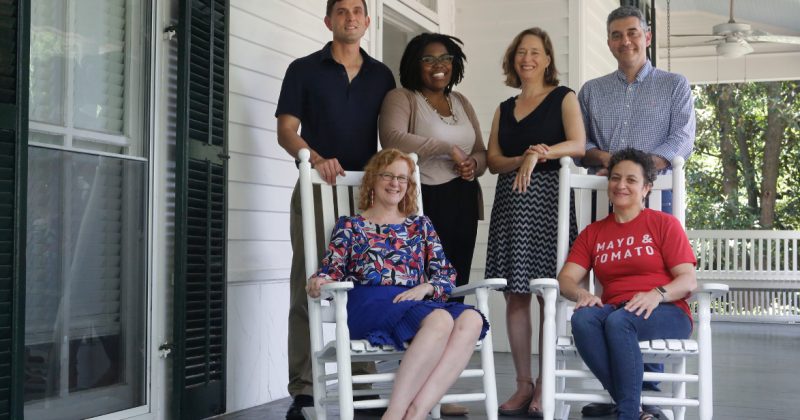
The South’s Time Capsule
For more than a century, UNC researchers and libraries have collected millions of southern artifacts and documents — making Carolina a hub for the study of the American South.
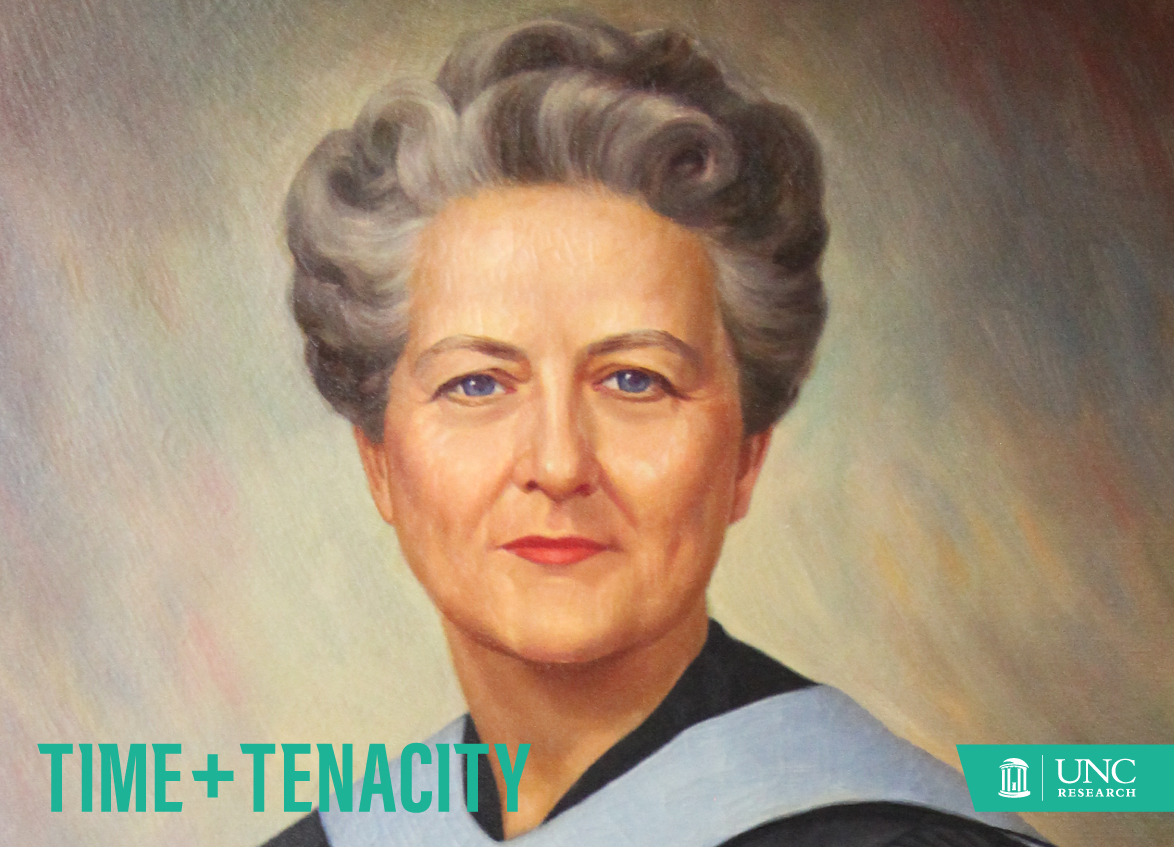
The Nursing Pioneer
We’re highlighting Elizabeth L. Kemble, founding dean of the UNC School of Nursing. After becoming dean in 1950, she recruited faculty, oversaw construction of a building and dormitories, and even handpicked the first class of students.
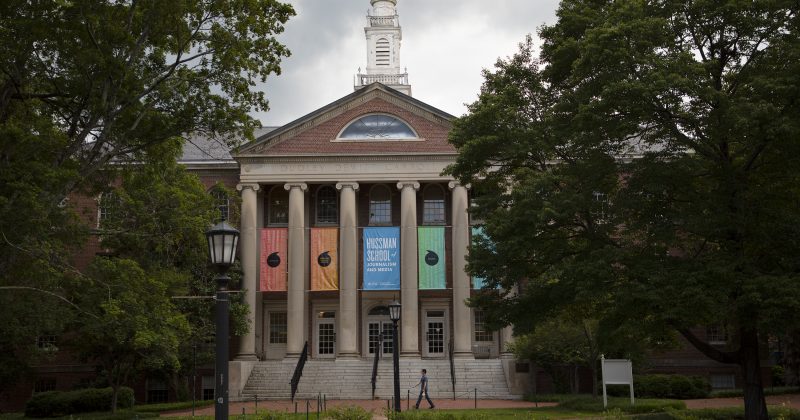
Forging a Legacy
Over its 110-year history, journalism at Carolina has evolved from a single course in the Department of English into the internationally renowned UNC Hussman School of Journalism and Media. While the program has experienced exponential growth, its commitment to instilling students with innovative storytelling skills remains steadfast.

Hometown Health Hero
Alice Ammerman is a powerful force for nutrition research and community-based health promotion. By establishing relationships with community partners and making an effort to understand the context of community health, she aims to form lasting connections and accomplish real change.
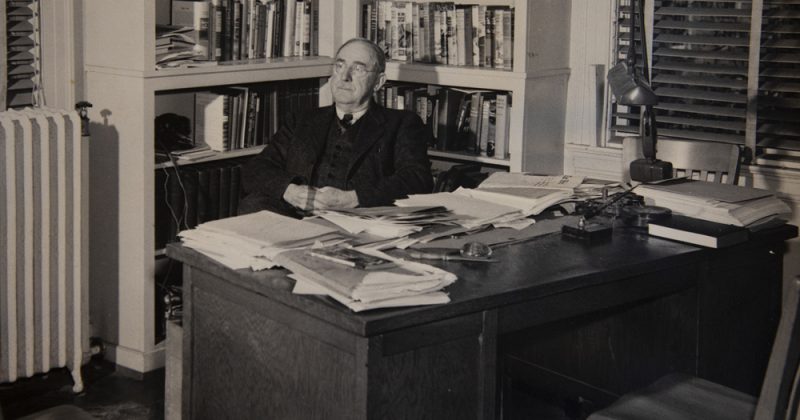
A Father for Social Science
The Odum Institute, the first social science research center in the world, has trained and supported hundreds of researchers specializing in everything from anthropology to city and regional planning to public health for the past 95 years. And it all exists thanks to the determination of one eccentric man.
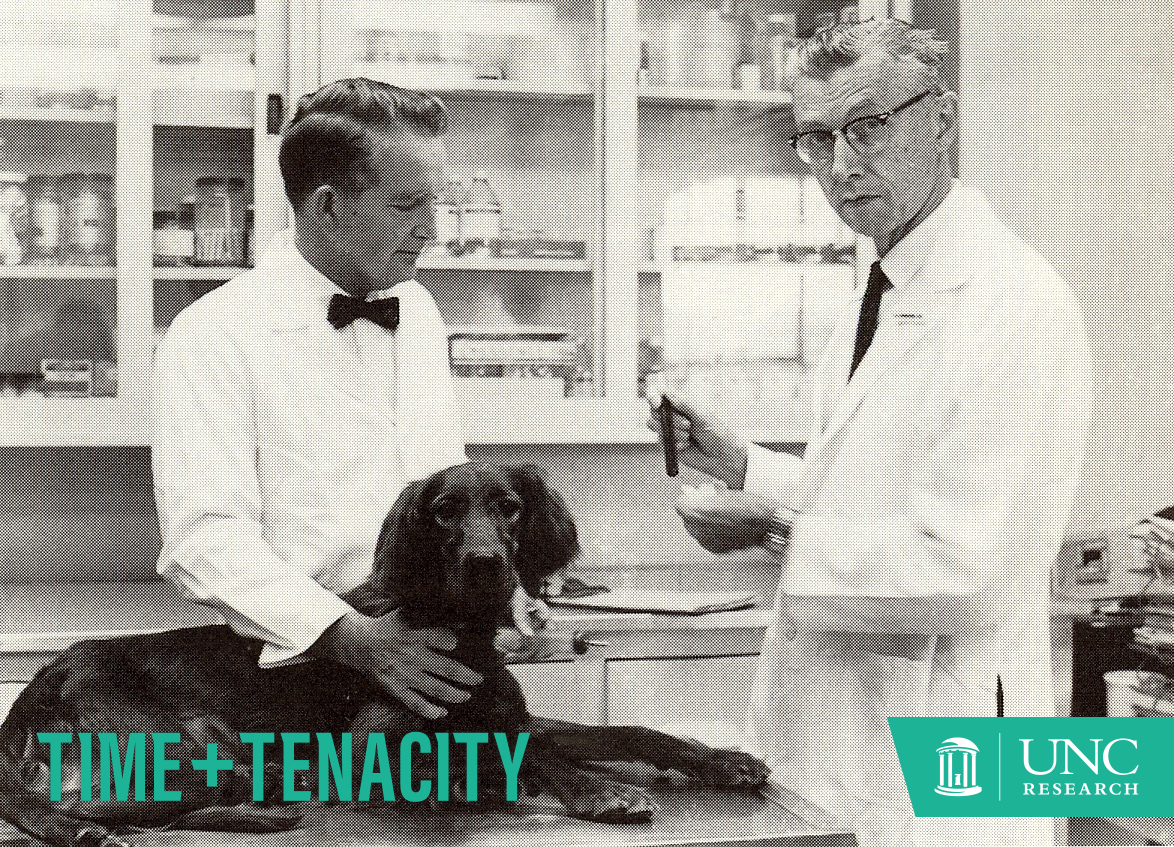
Blood, Sweat, and Tears
UNC began treating blood disorders in 1947 — setting the stage for major breakthroughs in hemophilia and HIV.

Stopping Harm Before It Starts
Researchers at the UNC Injury Prevention Research Center began studying the long-term effects of injury and violence well before they were recognized as public health problems. For 30 years, they have addressed vital societal issues including domestic abuse, car crashes, traumatic brain injury, home and workplace safety, and opioid overdose.
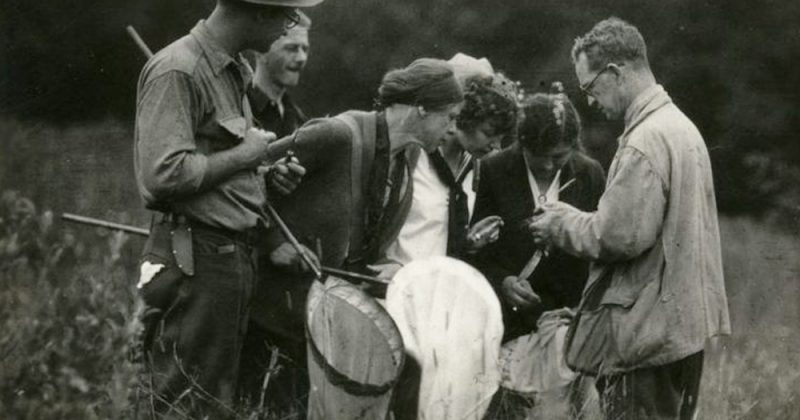
Unearthing Environmental Research
Environmental education and research have deep roots at Carolina, but a lot has changed since the natural sciences came to campus almost 200 years ago. Environmental study at UNC has evolved into a hotbed of research, education, and community outreach.
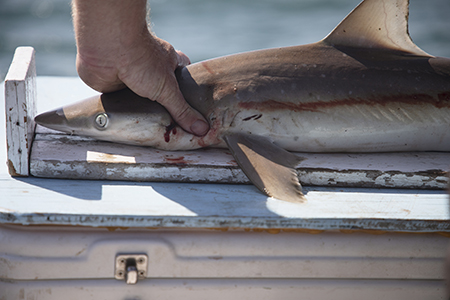
Hooked on Sharks
For the past 50 field seasons, researchers from the UNC Institute of Marine Sciences have collected valuable data on sharks off the North Carolina coast. The survey — among the oldest of its kind in the U.S. — has lasted for decades due to the dedication of UNC researchers, staff, and students.
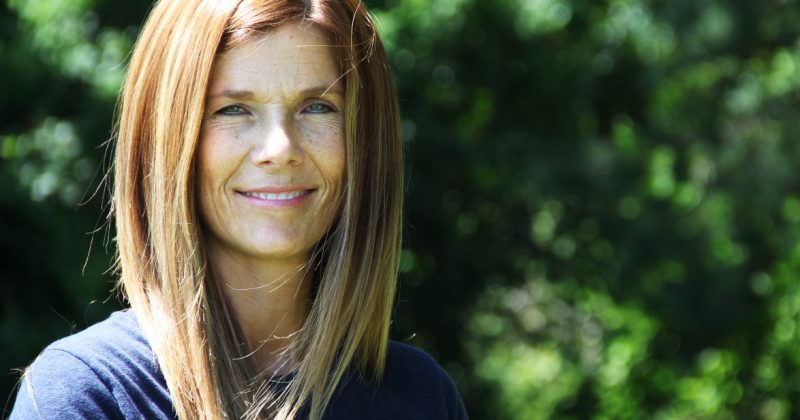
The Cure Code
When Fred Sanger figured out how to sequence DNA in 1975, the world changed — and so did UNC. Since its founding in 2000, the UNC Department of Genetics has grown to include 80 faculty, who have taken the world of research and medicine by storm.
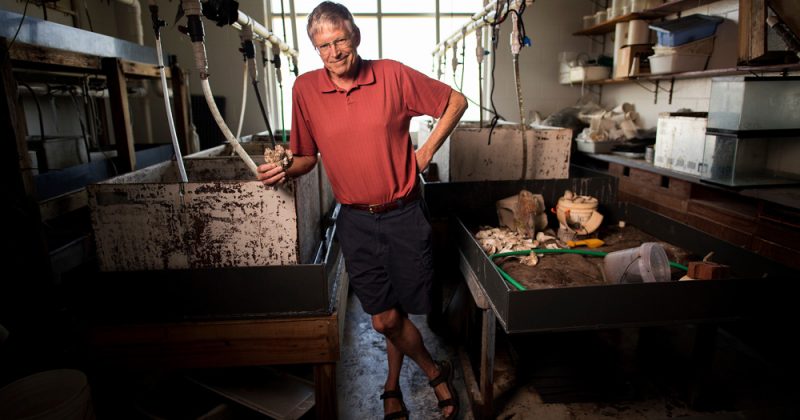
Captain of the Coast
From the shores of New Jersey to the North Carolina coast, Pete Peterson has always loved the ocean. He’s spent nearly five decades researching its marine life, fighting for its protection, and guiding the next generation of marine scientists to do the same.
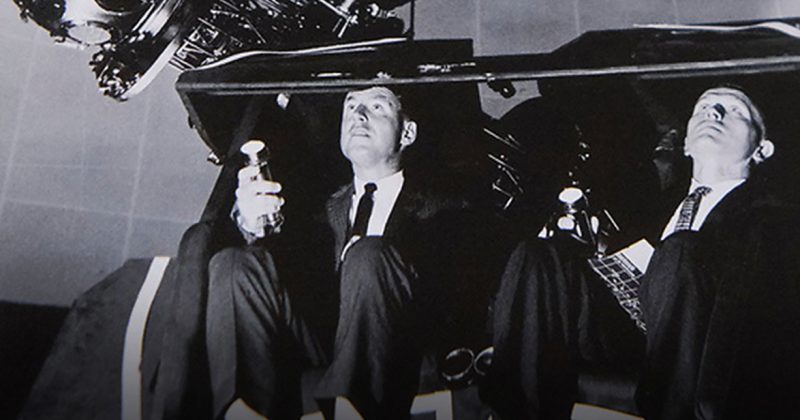
Eyes in the Sky
From the first astronomical observatory on a college campus, to the first planetarium in the South, to one of the first administrators at NASA, UNC scientists have long been connected to and inspired by the night sky.

Hedging High Stakes and Human Behavior
How the UNC Highway Safety Research Center changed America’s driving behavior — saving lives and making our roadways safer.
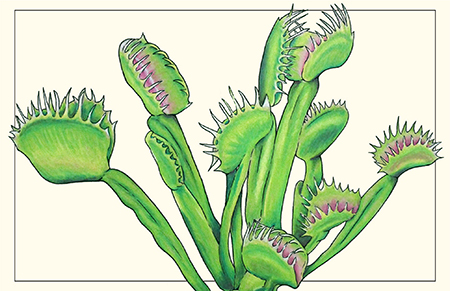
Protecting an Endemic Gem
The North Carolina Botanical Garden has been conserving Venus flytraps, native to only the North and South Carolina coasts, for nearly 50 years. To better understand these carnivorous plants, UNC researchers are engaged in projects on flytrap genetics and differentiating prey from pollinators.
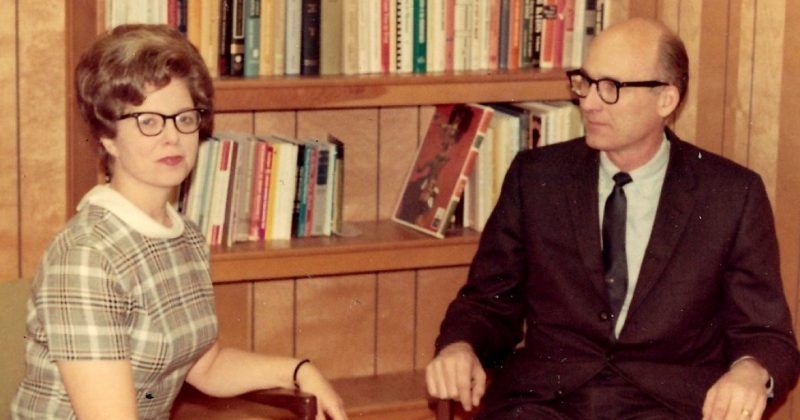
From Turmoil to Triumph
The major political events of the 1960s set the stage for the founding of the UNC Frank Porter Graham Child Development Institute, which forever changed education research and practice.
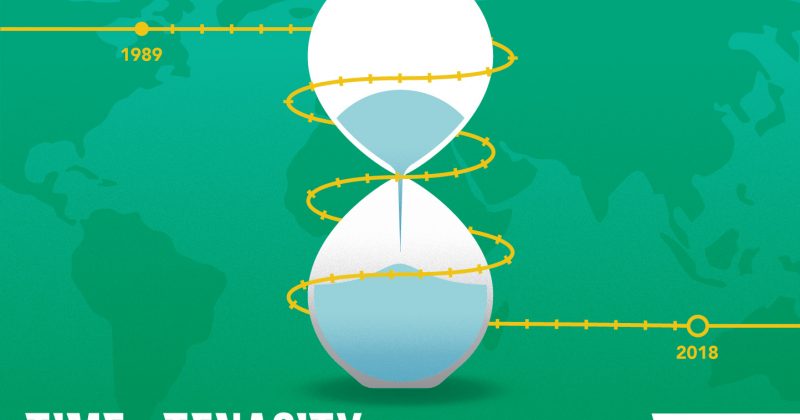
Deep-Rooted Data
The Carolina Population Center is in it for the long haul. The 52-year-old institution leads data-driven studies that span decades, enriching population research across the world.

